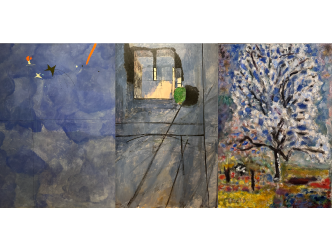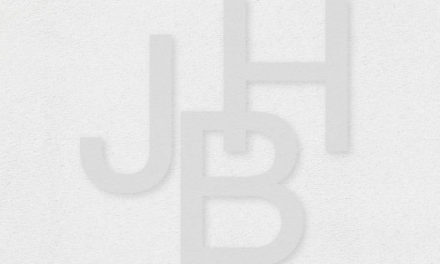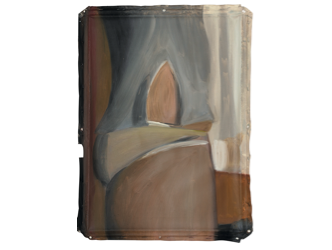Restless spirit
When Henri Matisse (1869-1954), the son of a grain merchant, presented himself at the Ecole des Beaux-Arts in Paris in 1892, the man who would go on to become one of the greatest painters of the 20th century was brutally rejected. It was perhaps his relatively modest background and difficult beginnings that generated in this extraordinary artist a need to permanently question things when it comes to artistic creation. Matisse is a restless spirit in art (See here the report about Matisse’s “L’atelier rouge”).
Creative machine
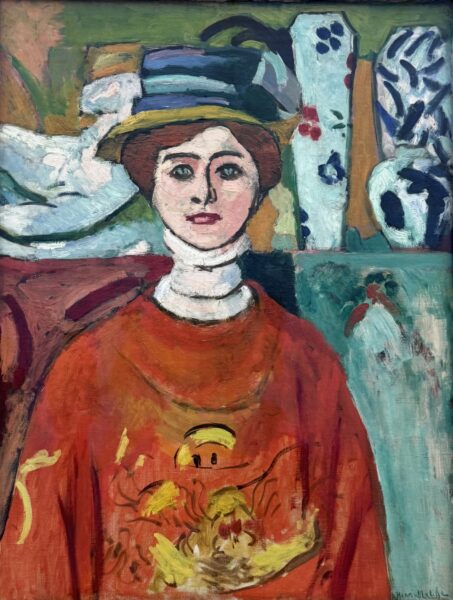
So he closely observed the past with the likes of Delacroix, Ingres, Cézanne, that of African or prehistoric art, the present of a pointillist Signac or a cubist Picasso. But above all his gaze was directed elsewhere. The new exhibition at the Fondation Beyeler is a demonstration of the extraordinary creative machine embodied by Matisse.
Distant lights

He always starts from a model and surpasses himself in inventiveness by scrutinizing the light from elsewhere that give rise to other appearances of shapes and colours. It was in his wanderings that he found the new inspiration he needed, starting with moving to Nice form North of France and Paris in the 1920s.
My happiness
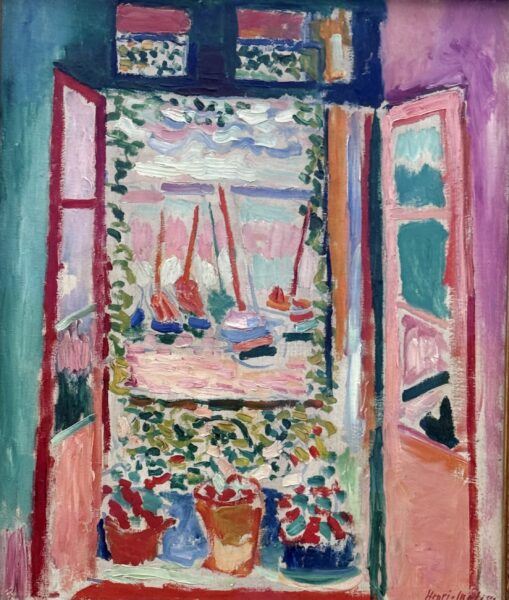
He comments: “When I understood that I would see this light again every morning, I could not believe my happiness.” He also travelled to Italy, Algeria, Morocco, Russia, the United States and finally, at the age of 60, he spent time alone in Tahiti. There were so many kinds of light that he absorbed and worked with immediately, but also later in his workshop. Matisse is a one-man laboratory of colour effects and pattern research.
To appreciate is to support.
To support is to donate.
Support JB Reports by becoming a sustaining Patron with a recurring or a spontaneous donation.
Rare paintings
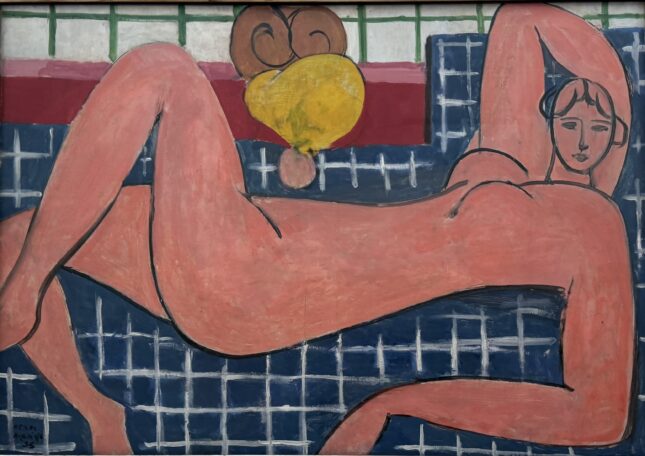
If the Basel show featuring 62 works is exciting, it is primarily due to the harmony of its layout but also because the pieces arranged chronologically are, in some cases, rare in the monographs from recent years.
Russian collections
Due to the war, some masterpieces from Russian public collections are missing. But we can mourn this with ease for the pictorial story is full of twists and turns. The concept, orchestrated by curator Raphael Bouvier, takes the Matissian wanderlust as its starting point.
Raphael Bouvier
More specifically, the display opens with a line of poetry by Charles Baudelaire, which Matisse recycles as a quote for one of his paintings, in a pointillist spirit: “Luxe, calme et volupté” (Luxury, calm and voluptuousness). The verses are titled: “L’invitation au voyage” (Invitation to the voyage).
Baigneuse à la tortue

Among the most striking paintings is the large and enigmatic “Baigneuses à la tortue” from 1907/08 with provenance from Saint Louis, Missouri.
While Picasso was simultaneously creating his “Demoiselles d’Avignon”, the birth of Cubism, he imagined three figures as archaic as cave women, posing on three bands of colour ranging from blue to green. When asked about the unattractive physiques of his creations, he retorted: “I don’t paint women, I paint pictures”.
Hidden violin
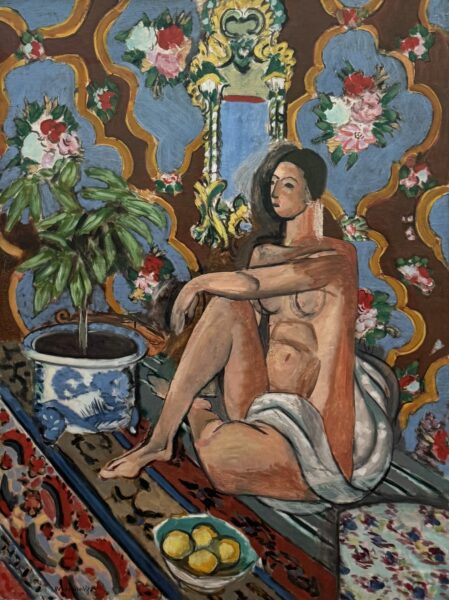
In the room devoted to sinuous odalisques inspired by the Orient and also by Ingres, the richest painting is “Figure décorative”. The main subject, apart from the young lady emerging from the bath, consists of ornamental arabesques within which the painter has hidden a violin. An allusion to his other passion, but also to Ingres and to his favourite instrument…
Picasso/ Matisse
It cannot be a coincidence: in 1935, three years after the painting by his eternal competitor and comrade, Picasso, Matisse in turn created a work called “Le rêve”. While the Spaniard executed a very detailed composition, whose crowning glory is the head of his model which he surmounts with a phallus, Matisse, in contrast, is all simplicity.

The young woman depicted as a nude bust and seen from above resembles a kind of statue with immense arms and hands resting on a bedspread of an aquatic colour, reminiscent of a David Hockney swimming pool.
Before Yves Klein
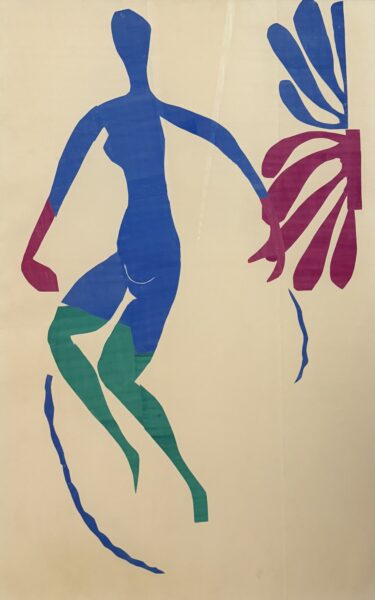
Matisse in Basel also proves to what extent the artist was a true pioneer. The last room is devoted to his period of cut-out gouaches, when in fragile health he developed collages of pre-painted forms. Among them, the most grandiose is “Nu bleu aux bas verts” from 1952, the schematic representation of a life-size azure-coloured woman. Matisse was 83 years old. This work seems premonitory of the famous Anthropométries by the young Yves Klein, which he created from making impressions of women’s bodies on canvas in 1960.
Until 26 January. www.fondationbeyeler.ch/fr/accueil
Support independent news on art.
Your contribution : Make a monthly commitment to support JB Reports or a one off contribution as and when you feel like it. Choose the option that suits you best.
Need to cancel a recurring donation? Please go here.
The donation is considered to be a subscription for a fee set by the donor and for a duration also set by the donor.


